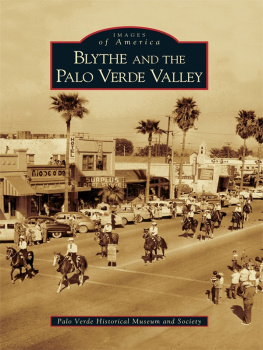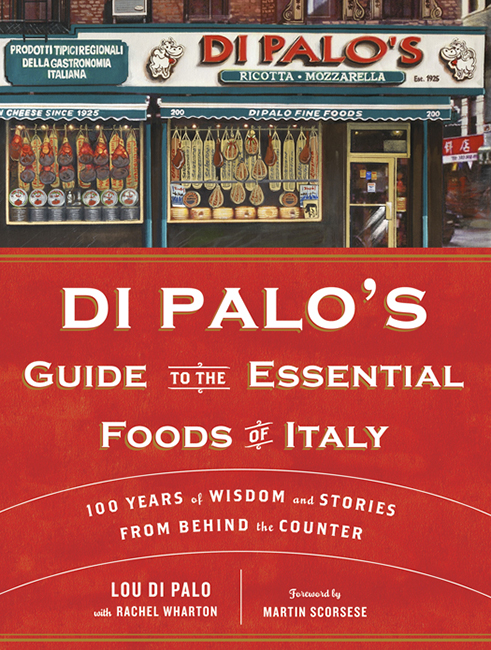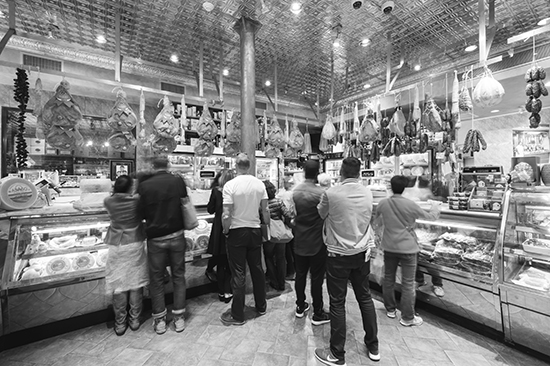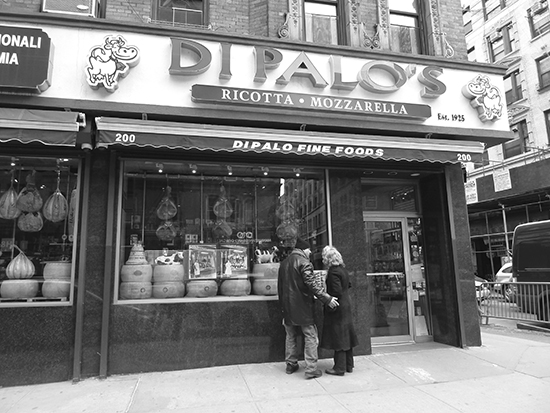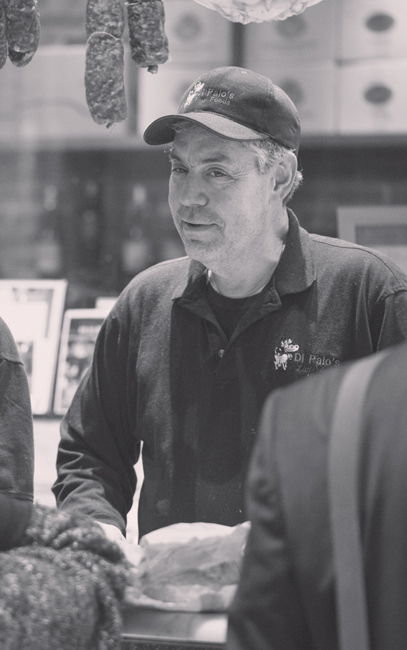Copyright 2014 by Luigi Santomauro
Map copyright 2014 by Simon M. Sullivan
Foreword by Martin Scorsese copyright 2014 by Martin Scorsese
All rights reserved.
Published in the United States by Ballantine Books, an imprint of Random House, a division of Random House LLC, a Penguin Random House Company, New York.
B ALLANTINE and the H OUSE colophon are registered trademarks of Random House LLC.
Photo insert, frontispiece, and chapter opener photography copyright Evan Sung
See for further photo credit details.
LIBRARY OF CONGRESS CATALOGING-IN-PUBLICATION DATA
Di Palo, Lou, author.
Di Palos guide to the essential foods of Italy : 100 years of wisdom and stories from behind the counter / Lou Di Palo with Rachel Wharton; foreword by Martin Scorsese. First edition.
pages cm
Includes index.
ISBN 978-0-345-54580-0 (hardback) ISBN 978-0-345-54581-7 (ebook)
1. FoodItaly. 2. ItalySocial life and customs. 3. ItaliansEthnic identity.
4. Italian AmericansNew York (State)New York.
5. Cooking, Italian. I. Wharton, Rachel, author. II. Title. III.
Title: Di Palos guide to the essential foods of Italy.
TX360.I8D53 2014
641.5945dc23 2014018032
www.ballantinebooks.com
v3.1
B ack in the late 1930s, my uncle Mike got a 16-mm camera and shot home movies of our family. When I finally saw those images sixty years later, there was the fruit and vegetable stand in our neighborhood that my grandparents had briefly owned. They had it for only a few years before I was born. I had often heard about it and tried to picture it, and there it wasa small storefront, piled with tomatoes and celery and onions, among many other stands and carts on a street bustling with shoppers. Its a brief glimpse, but for me a precious one. That was the way it was in the old neighborhoods, before the supermarkets. The people from the old country and their children made traditional meals at home, and theyd buy the ingredients at the vegetable stands and the latteriasthey made and ate the food that they knew and that had always nourished them. It wasnt just sustenance; it was as much a part of what made them who they were as their language and their faith and their memories of home.
Of course, many things had changed by the time I was a teenager, but youd still buy fresh fruits and vegetables in outdoor markets and get your cheeses at the latteria. My mother used to go to a shop called Di Palos, which had started as a latteria. And she remained a loyal customer through the years as they expanded and started importing and selling more and more products.
In 2001, right after the terrorist attacks on 9/11, we made a little film about the old neighborhood for The Concert for New York City. I immediately thought to myself: We have to go to Di Palos. At the time, the store was just down the streetGrand Street, to be specificfrom where it is now. Both of my parents were gone by then, and everything in the old neighborhood was changing. My life had changed in many ways too since Id left, but when I walked into the store and saw Lou behind the counter, I was home. We bought delicious cheeses and meats and oils and balsamic vinegars; we talked with Lou and his wife and his brother and sister, just like they talk to everyone who comes into the store: It was as if the camera had disappeared. My daughter Francesca was with me, and she was just two years old at the time. Ill never forget Lou cutting her a little piece of ParmesanIts just like candy for children, he said. She loved it. On that day, Di Palos didnt feel like home only because it was back in my old neighborhood. It went deeper than that. The food, the familiarity, the time everyone took to talk to one another, the way Lou and his family offered a taste of this cheese or that olive oil to everyone in the storeit was the heart of the world I came from at its most generous.
And that world, that cultureit was alive at Di Palos, and it still is. If you walk through the neighborhood today, the dramatic changes that were happening in 2001 are now complete. There are historic tours that take you to this shop and that church, and Little Italy is mostly a memory. But not at Di Palos. And thats because Lou and his family adapted to the changes as they came. Back in 2001, Lou said that someone walked in one day and asked him what made him open an Italian store in the middle of a Chinese neighborhood. Over the years, Chinatown kept expanding, and new immigrants continued to come from Southeast Asia. But Lou and his family understood that this was simply the way things were. Di Palos is now next door to a Vietnamese sandwich shop, but they havent just kept their family business going but have deepened the practice of their own traditions and culture, which is based in generosity. Theyre not just selling food, theyre sharing their knowledge of where it came from, how it was grown and cultivated and prepared over the centuries in different regions of Italy, where different climates and landscapes and traditions yield variations in the taste and texture of different olive oils and cheeses and meats. My friend visited the store recently and heard Lous brother, Sal, tell a customer, Ive never worked a day in my life. For him, and for Lou as well, as youll see, the making and importing and selling and sharing of food, and the honoring of its origins, is life.






